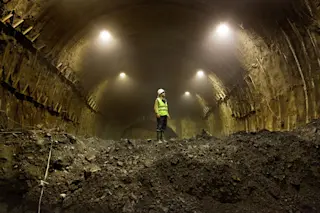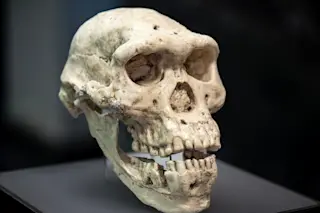Ufuk Kocabaş spent his summers swimming, snorkeling and eventually diving around nearby Marmara Island, where his grandfather and other forebears plied the sea as sailors. At age 14, he stumbled upon his first shipwreck, littered with pieces of amphora — an ancient type of storage and transport container — and got an early lesson in proper archaeological practice. “I took some amphora fragments [from the ship] to my sister who was studying at university,” recalls Kocabaş, now head of the Istanbul University Conservation Department. “She told me I shouldn’t have taken them from the site, that I should have left them where they were. At the time, I thought this was stupid. It’s my amphora!”
Ufuk Kocabaş (Istanbul University Yenikapı Shipwrecks Project Archive)
After chiding him, Kocabaş’s sister helped him identify the type of amphora he found. It dated to the seventh century, and they passed the information they’d ascertained ...














